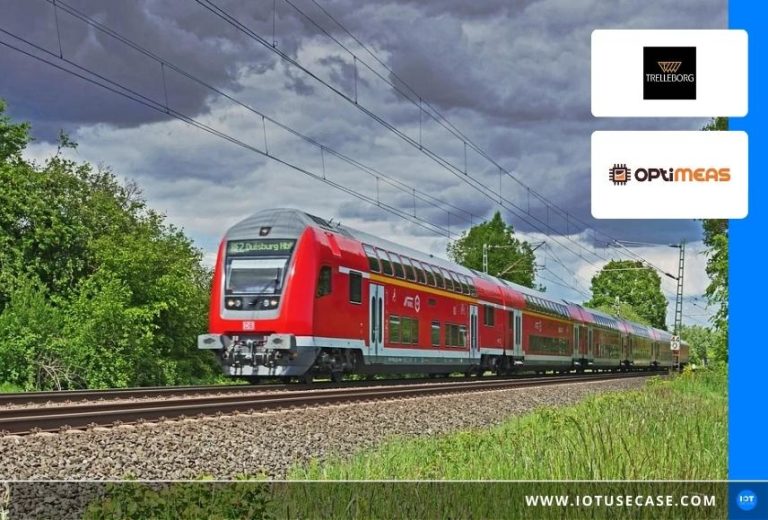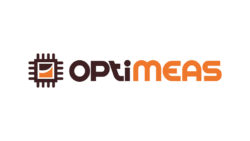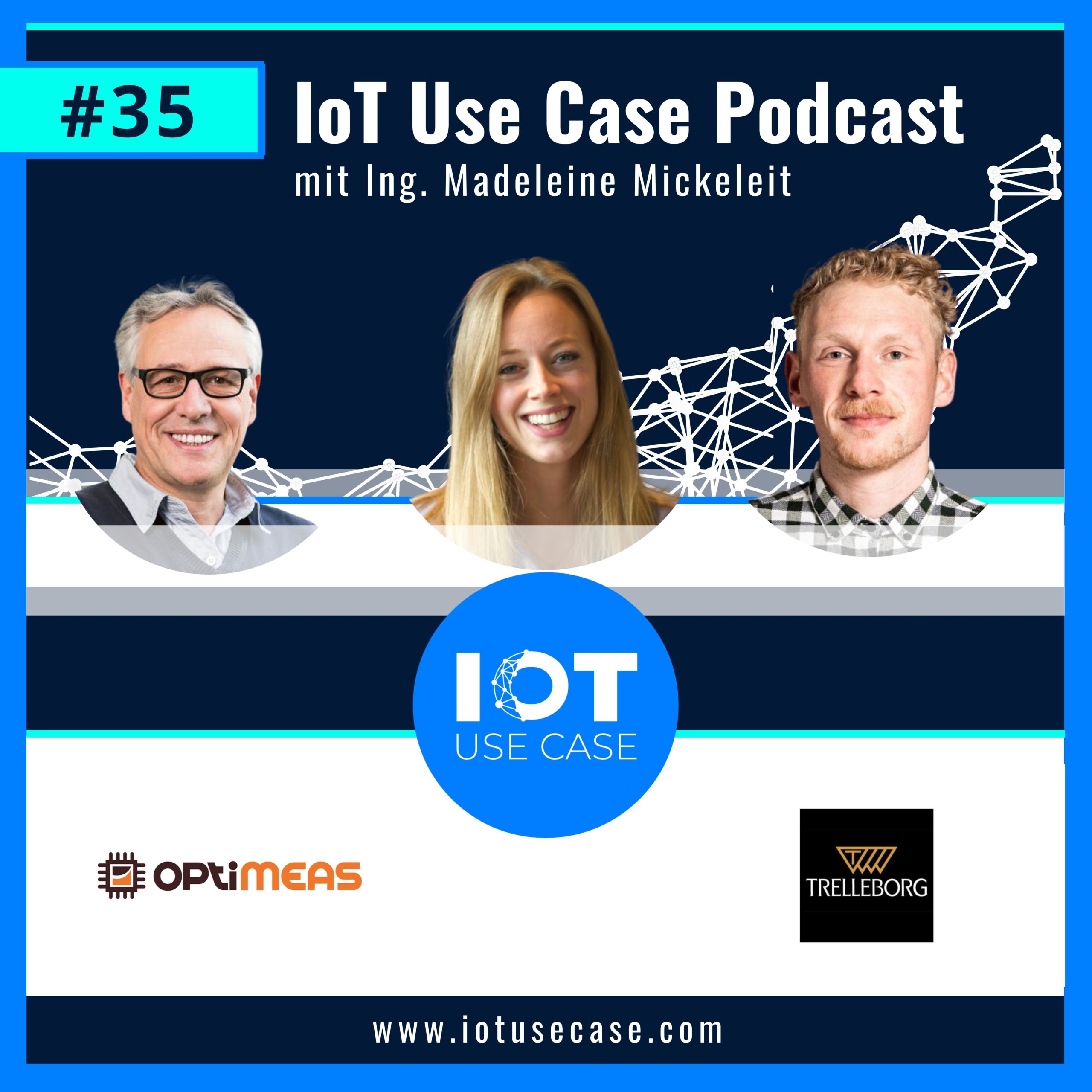The maintenance of rail vehicles is very complex. In particular, the overhaul of the bogies for the wheelsets requires a longer downtime. The appropriate sensor technology, combined with an intelligent edge device, enables optimized maintenance intervals.
The challenge: Lack of wear data prevents efficient maintenance
Stable ride and high ride comfort are important for rail vehicles. Spring systems, control arm and axle guide bearings, buffers and other vibration-damping components made of plastic, rubber and metal help here. They decouple the wagon body from the bogie, wheelsets and track.
These components are subjected to high forces that lead to wear in the long term. Added to this is the limited service life of the rubber material, which also ages due to climatic influences and contamination. Therefore, the vehicles are serviced regularly. The effort involved is immense, as the vehicles have to be taken out of service. At the depot, the wagon body is lifted off and all wearing parts are replaced.
The maintenance intervals are fixed, so that vehicles also go in for maintenance that could still have continued to run. In order to optimize the runtimes, Trelleborg Industrial Antivibration Solutions, manufacturer of vibration damping railroad technology components together with the optiMEAS Measurement and Automation Systems GmbH started an innovation project. Sensor-based IoT technology is to detect the condition of components in the bogie during operation. The resulting database will also serve for further investigations and improvements.
The solution: Sophisticated measurement system with cloud connection
To record the real-time loads, Trelleborg developed the ConeX3 measurement system with a hardware partner and chose optiMEAS as the technology partner to implement the IoT solution from the sensor to the cloud. The measuring system continuously determines all initiated movements and deformations. Non-contact sensor technology measures the static and dynamic loads as well as the current temperature.
The microcontroller of the sensor unit processes the electrical sensor signals and sends them via a CAN bus to the smartRAIL IoT device, which processes them and transmits them to the optiCLOUD via mobile radio or WLAN.
All basic IoT functions for data storage and transmission, interfaces, remote access, GPS, smart functions and connection to the cloud are already provided by smartRAIL via its smartCORE firmware. Application-specific requirements are supplemented via a “Trelleborg module”. For example, it contains computational algorithms that calculate the deformations of the spring from the acquired sensor data.
Due to the pre-processing close to the sensor, only these relevant characteristic values and not the entire data volume need to be transmitted to the cloud. The optiCLOUD visualizes the data and allows device management. This allows parameters to be changed and firmware updates to be imported remotely. This allows Trelleborg’s developers to adapt and expand their system at any time.
The result: Transparency, optimized processes and low costs
With ConeX3, Trelleborg offers an innovative metrology and IoT solution that provides customers with real added value. It is designed to process large amounts of data and is highly scalable. During operation, the system records all loads acting on the running gear of a rail vehicle. This real-time data can be used in a variety of ways to improve processes and reduce effort. They are an important basis for condition-based maintenance.
Thanks to integrated GPS positioning, it is also possible to draw conclusions about the rail route. High loads at certain track points indicate irregularities or damage. With this information, maintenance work on tracks or switches can be better planned.
Current field testing is about capturing as much raw data as possible, analyzing signal patterns, and detecting anomalies. Based on this, models will be developed for the service life of the spring and adjacent components such as dampers, couplings and bogie frames. It will gradually be supplemented with further intelligent IoT functions.









